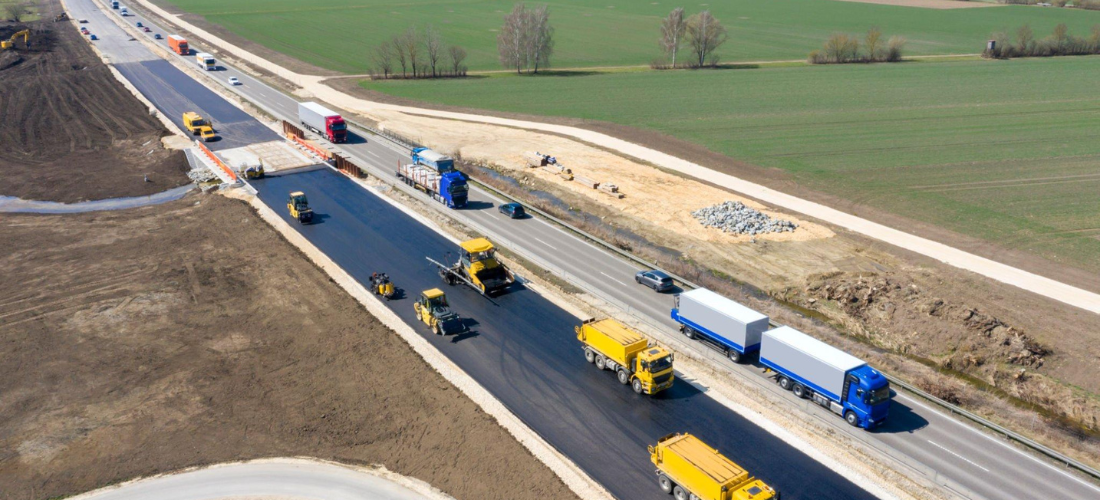Highway maintenance and monitoring are not trivial (or inexpensive) tasks. With such high costs, every increase in efficiency, cost-effectiveness, and resource management translates into significant savings. New smart transportation solutions may be utilized to cut expenses and get more accurate information about what’s occurring on the roads thanks to vehicle data, mobility intelligence, and platforms that enable the mobility economy.
1.Preventative upkeep
Vehicles that are connected are virtually everywhere. By 2025, there will be 470 million linked automobiles on the road. We can discover issue locations on the roads and map out possible problems before they materialize by utilizing these cars to report on road conditions through friction data and comprehending it through driving patterns studies and other technologies.
Getting ahead of probable road damage not only saves money on unforeseen road closures and overtime, but it also allows residents to make plans. Preventive highway maintenance is frequently associated with lower labor costs.
2. Improved data-driven planning
Everyone wants new roads, and everyone appears to believe that they are the ones who are caught in traffic. Only by analyzing actual data can a judgment be made regarding when and where it is best to create a new lane.
Long-term choices may be made using computer models and simulations that are based on data rather than assumptions, even before commuters begin complaining or feeling displeasure.
3. More efficient transportation for less money
Accessing the data necessary for intelligent transportation initiatives such as predictive highway maintenance and data-driven planning necessitates the use of monitoring and data gathering systems.
Previously, these included costly procedures such as sensor embedding in the road, CCTV systems, manual data collecting by humans, and other costly ways.
Instead, many stakeholders recognise that it is preferable to obtain data from linked automobiles themselves. This data is not only less expensive to obtain, but it is also more future-proof because it is updated anytime new models reach the road.
4. Dynamic congestion control
Reducing traffic congestion is a good objective, whether for environmental reasons like cutting emissions or to assist companies and individuals in making roadways simpler and faster to use.
When you combine traffic signals and dynamic signage systems with real-time or near-real-time data from road users and vehicles, you can manage actual congestion.
Intelligent transportation management based on this type of data can allow even more flexible models, such as providing a delivery-only lane or clearing routes for buses during peak periods, among other things. Better data leads to more informed transportation decisions.
5. Use additional data to demonstrate ROI.
According to a study, the ROI for every rupee spent on repairing roads, highways, and bridges is more than 5 times that, at Rs. 5.20. These savings are just one of many advantages, which include lower fuel consumption, less traffic and congestion, improved safety, and lower direct highway maintenance costs.
By collecting data from connected vehicles, you can immediately refer to details such as reduced fuel consumption or congestion, as well as a before and after picture of traffic accidents or highway maintenance calls.

